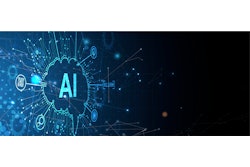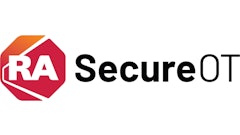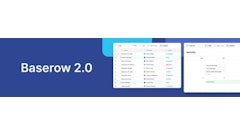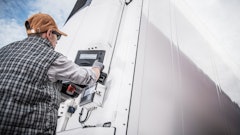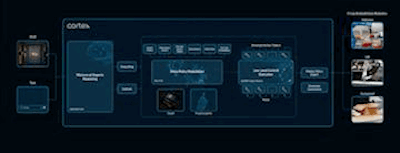
Sereact launched Cortex, a reality-trained, AI-powered robot that delivers zero‑shot autonomy across robots such as arms, mobile manipulators and humanoids.
Built on thousands of hours of live logistics and manufacturing operations, Cortex is trained on the factory floor.
Key takeaways:
· Cortex learns from RGB, depth and stereo vision, robot state data, teleoperated and autonomous episodes, human‑annotated, as well as failure‑and‑recovery traces. This real‑world grounding drives robust behavior when the job gets messy, from deformable items to glare, occlusions and clutter.
· A vision‑language‑action model connects what a robot sees, what people say, and how it moves. Instead of writing task‑by‑task code, operators give plain‑language goals such as “Clear the clutter from this bin and repack items by size.” Cortex understands the scene, plans the job and executes precisely and safely.
· Cortex automates identification, condition checks, sorting, refurbishing and repacking.
- A single model checkpoint runs arms, mobile bases and humanoids.
- Cortex offers production‑ready performance within hours of deployment, no per‑site fine‑tuning.
- It also learned recovery for slips, drops, deformables, reflective materials and occlusions.
- Cameras like Sereacts Lens capture what is happening in the cell. Cortex understands the scene, matches it to the operator’s instruction, then executes precise and safe motions on the robot. It identifies items, reads context in bins and on benches, and notices events such as a slip, glare or occlusion; translates plain‑language instructions into short plans with adjustable priorities like safety or throughput; moves the robot with precise control, respects safety zones and limits, and recovers without calling an engineer; Anonymized experience from each deployment feeds a shared model so performance compounds over time; and works with common robots and warehouse software. No per‑site retraining or SKU‑by‑SKU scripting.
- Beyond bin picking it supports sorting, placement and recovery in cluttered cells. It also enables automated returns by identifying items, checking condition and routing them to stock, which helps cut waste and protect margins.






